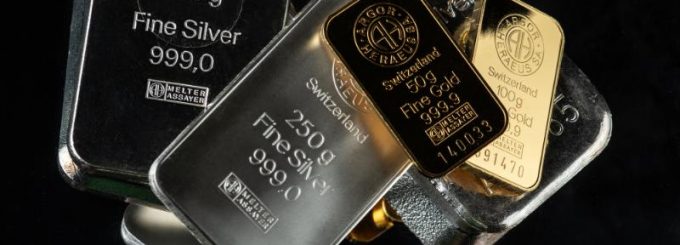Gold vs. Silver: Which Precious Metal Should You Invest In?

When it comes to preserving wealth or diversifying an investment portfolio, precious metals like gold and silver are enduring choices. Each metal carries distinct characteristics that cater to different financial goals. Understanding the roles of gold vs. silver, their benefits, and risks can help investors make informed decisions.
Stability and Performance
Gold is renowned for its stability, particularly during economic uncertainty. Its value tends to hold steady when markets fluctuate, making it a favored asset for those seeking security. During times of inflation, gold has historically acted as a safeguard against the eroding value of currency. For instance, in 2020, gold prices surged as concerns about inflation grew, reinforcing its reputation as a reliable hedge.
Silver, on the other hand, exhibits greater volatility. While this may appear as a drawback to some, it also presents opportunities for investors willing to navigate price swings. Silver’s value often reacts to industrial demand, as nearly half of all silver mined is used in manufacturing.
This includes applications in electronics and solar energy, tying its performance to broader economic trends. During periods of economic growth, the demand for silver—and its price—can rise significantly.
Liquidity and Accessibility
Gold enjoys a higher degree of liquidity compared to silver. It is widely recognized and traded globally, making it easier to buy and sell without impacting market prices. However, its higher price per ounce can make it less accessible to smaller investors.
Silver’s lower price point makes it an attractive option for those looking to invest incrementally. The current gold-to-silver ratio highlights silver’s affordability, as it takes significantly more silver to equal the value of gold. For new investors or those with modest budgets, silver offers a way to enter the market without requiring substantial capital.
Long-Term Potential
Historically, gold has demonstrated stronger long-term returns than silver. Its annualized return from 1925 to 2020 was nearly 5 percent, compared to silver’s 3.5 percent. That said, silver can experience sharp price increases during certain economic conditions, such as recessions or inflationary periods, due to speculative trading and industrial use.
For this reason, some investors prefer to hold both metals, leveraging gold’s stability and silver’s growth potential to create a balanced portfolio.
Investment Options
Both metals are available in various forms to suit different preferences. Physical ownership through bullion bars or coins provides a tangible asset but involves storage and insurance costs. Exchange-traded funds (ETFs) offer exposure without the need for physical handling, though they are taxed as collectibles. Mining stocks present another option, providing indirect exposure to gold and silver prices while introducing additional industry risks.
Choosing the Right Metal
The choice between gold and silver depends largely on individual goals and risk tolerance. Gold offers stability and a proven track record, appealing to those prioritizing wealth preservation. Silver’s affordability and industrial demand make it a compelling option for those open to more risk in exchange for growth opportunities. A diversified approach can help balance the strengths and limitations of each metal, guaranteeing coverage in various economic scenarios.
Trusted Guidance for Precious Metal Investments
Coin Exchange brings decades of expertise to help you navigate the world of gold and silver investments. If you are exploring bullion, coins, or rare collectibles, our team offers knowledgeable, professional guidance to make sure that your choices align with your financial goals.
Visit us in Hartsdale, New York, or browse our offerings for a seamless experience.


